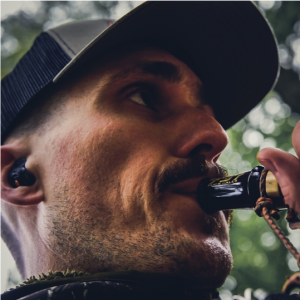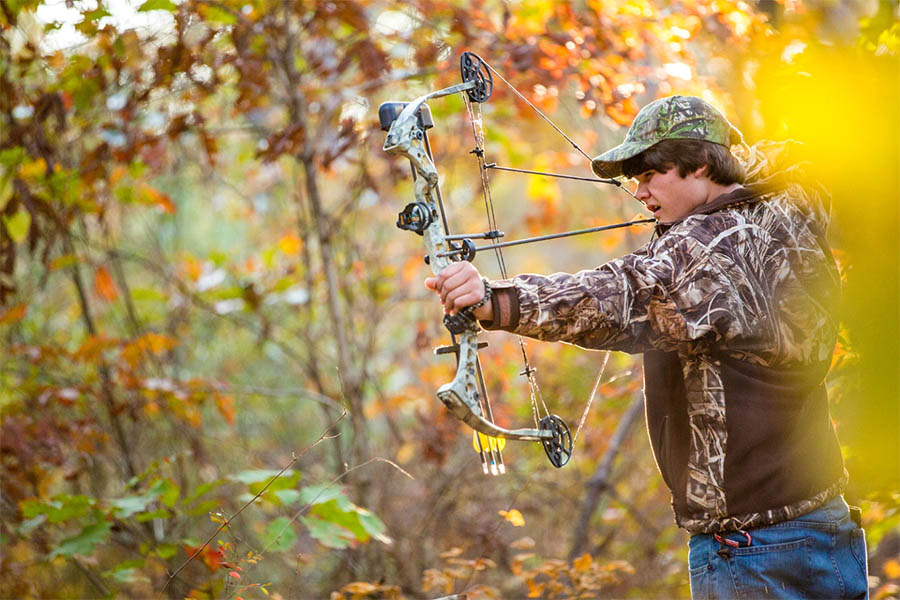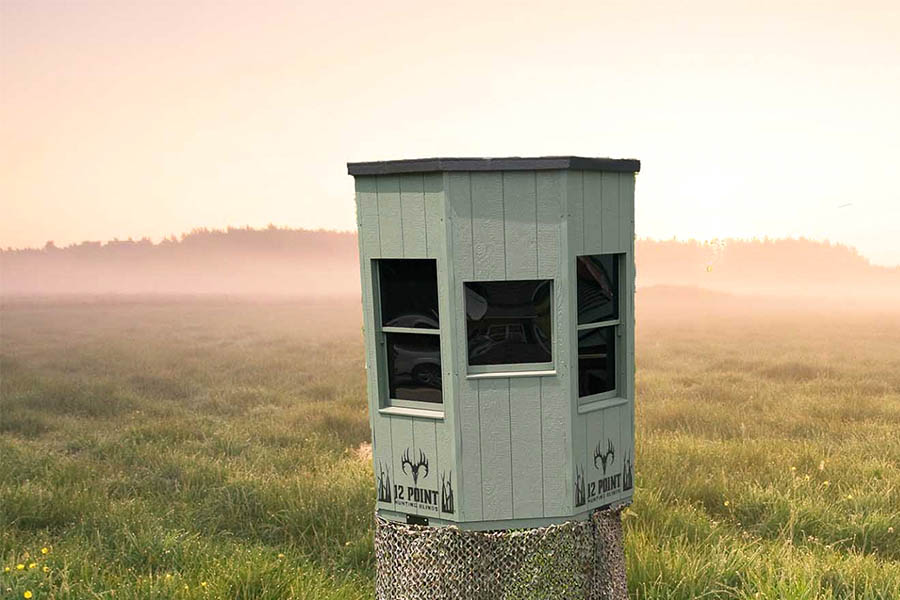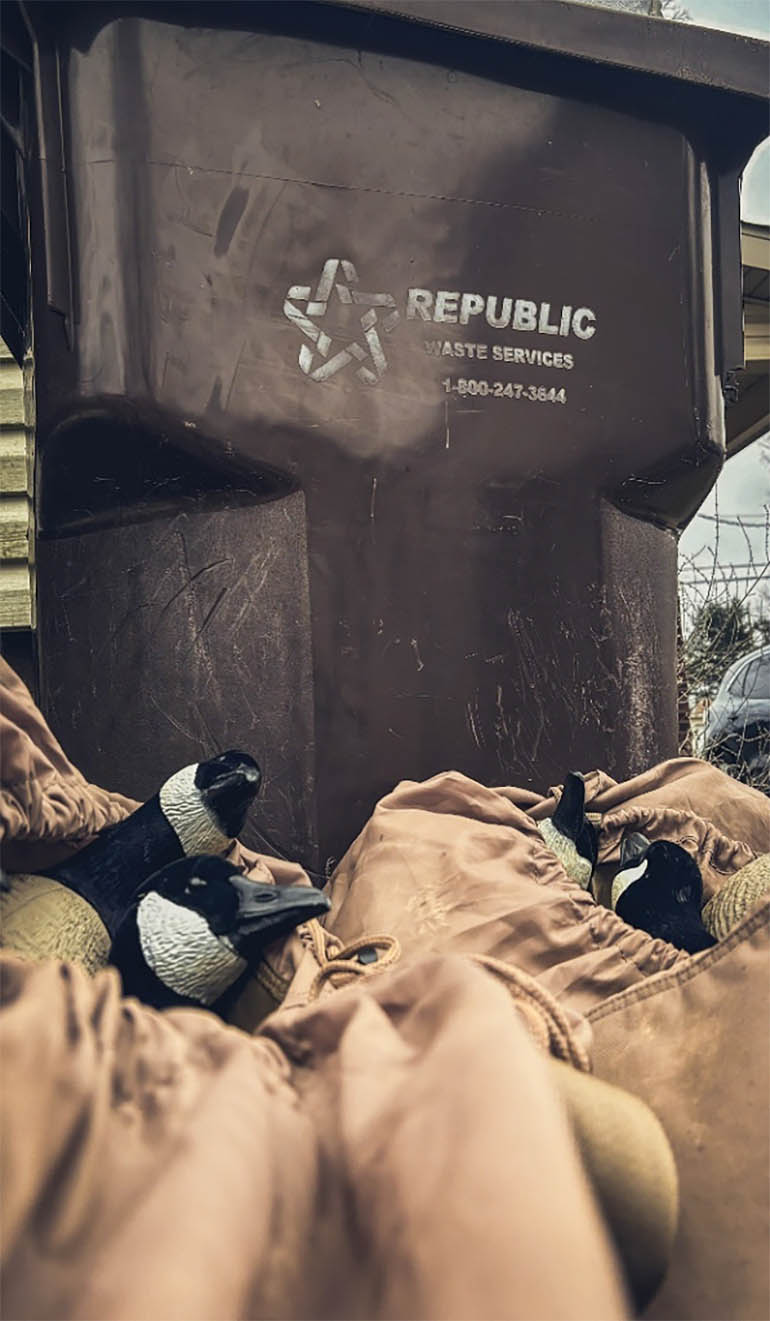Preparing for Success
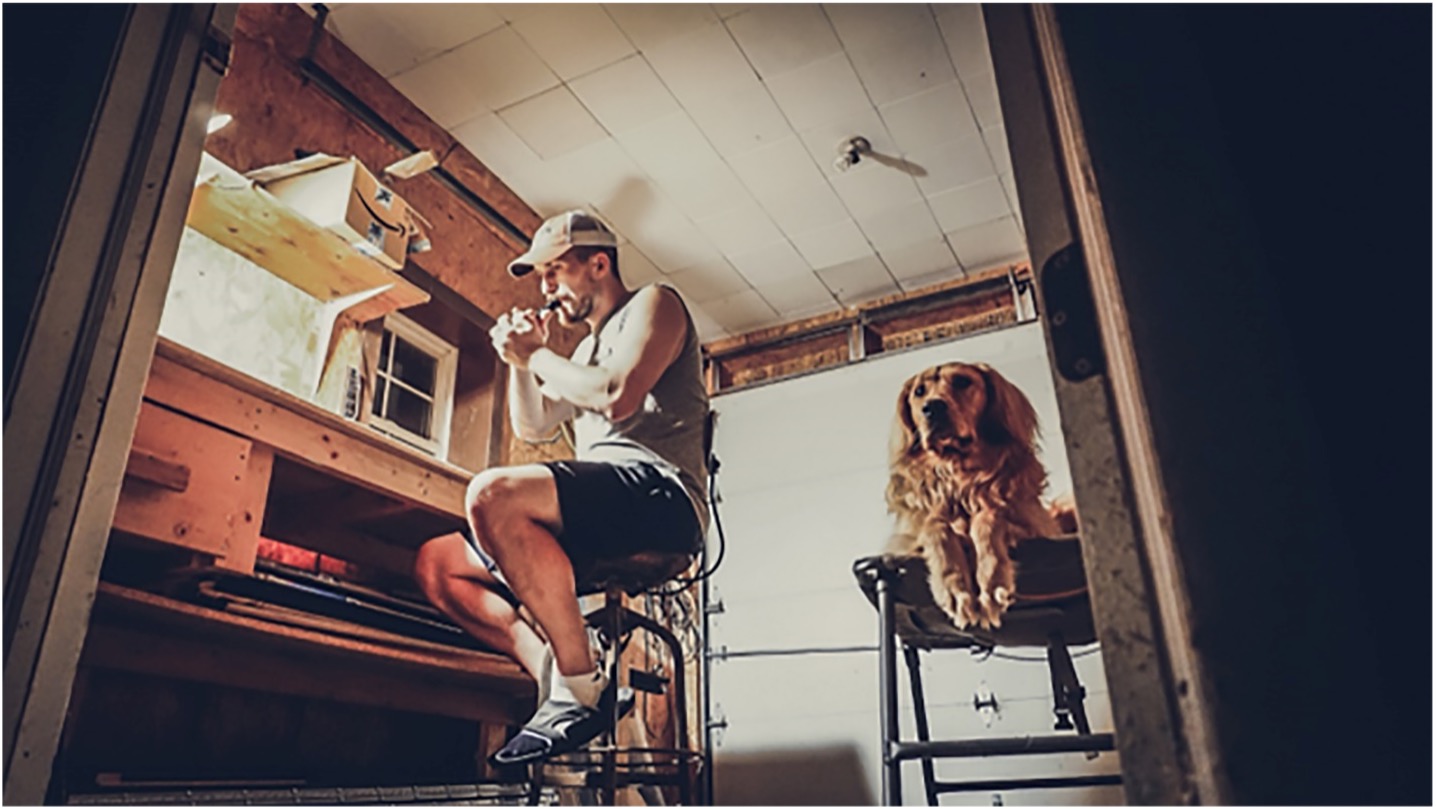
I am a bird hunter through and through and if you are anything like me, then your attention has probably already turned to October and the beginning of duck hunting season. Duck opener holds a special place in my heart thanks to the many fond memories I have associated with it. Crisp mornings sitting in a blind, dogs shivering from excitement as first light draws close, wings whistling overhead in the predawn darkness, and, if I have done my prep work right, carrying heavy straps out of secluded back eddies. Duck season doesn’t start on opening day though. It starts with all the weeks of preparation beforehand getting myself and my gear ready for what I deem as the best time of year.
Building Good Habits
Getting myself reacquainted with my shotgun is a staple of my preseason regimen and is often something that is overlooked by a lot of hunters. I start this process with general maintenance followed by patterning my gun
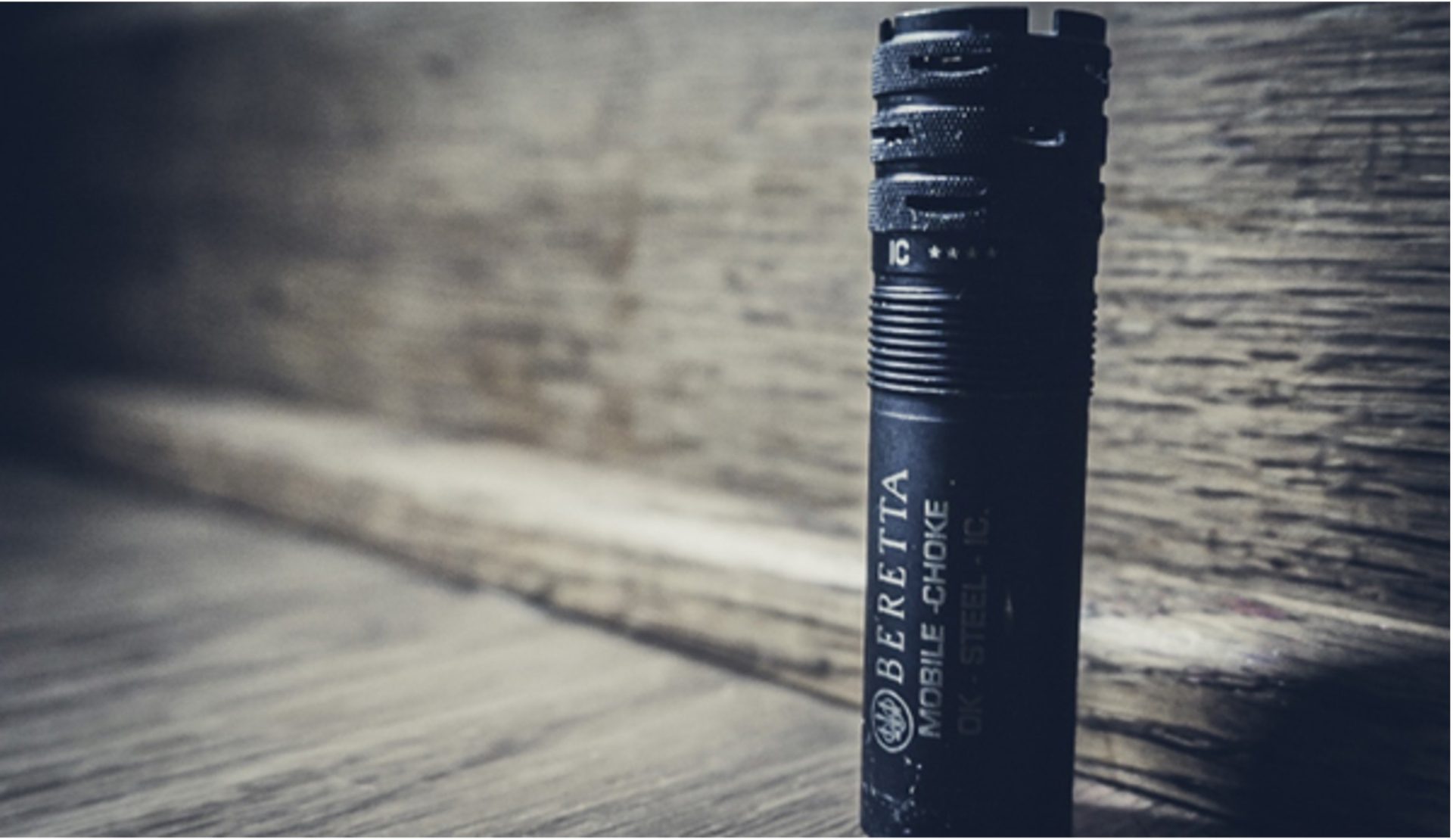
I try to dial in my choke of choice based on where I will be hunting and what ammunition I will be using. When it comes to chokes there are two camps: tight chokes vs open chokes. I am in the latter in that I typically am running an IC or Mod choke for everything from doves to turkeys. This is primarily because of the way that I choose to hunt (not shooting anything outside of 40 yards) and the environments I find myself hunting. I also believe that using too tight of a choke leads to missed shots or birds that can be a pain to clean and later eat.
The majority of my preseason focus is spent re-teaching myself how to properly mount my shotgun. Shooting a shotgun is instinctual and as such most misses that hunters experience in the field don’t come down to poor aim, but instead from a sloppy mount. Every year I practice my mount by first focusing on smoothly raising my gun to my shoulder. As soon as I feel confident that my mount is clean in a controlled environment, I then move on to faster, more realistic scenarios. If you ask my neighbors they will tell you that in the evenings I can be found sitting in my backyard shouldering my shotgun every time a robin flies within range. I go through all of the potential positions that I know I will be shooting from during a season (sitting, laying, prone, etc.) and get myself used to the nuances of shouldering my gun in each. The first time I mount my gun on a moving bird shouldn’t be opening morning and neither should yours.
Gear Maintenance
The second phase of my preseason prep is making sure that all of my gear is ready and accounted for. This means reorganizing clothing, emptying bags of leftover snack wrappers, and then evaluating what I need to replace for the coming fall. I am a gear nut and spend too much time and money (don’t tell my wife) looking for gear that may make my hunting experience more enjoyable and efficient. I don’t take anything into the field with me that doesn’t serve a purpose. I have also found that establishing systems and organizing my gear helps save time so that I can get out to the blind quicker.
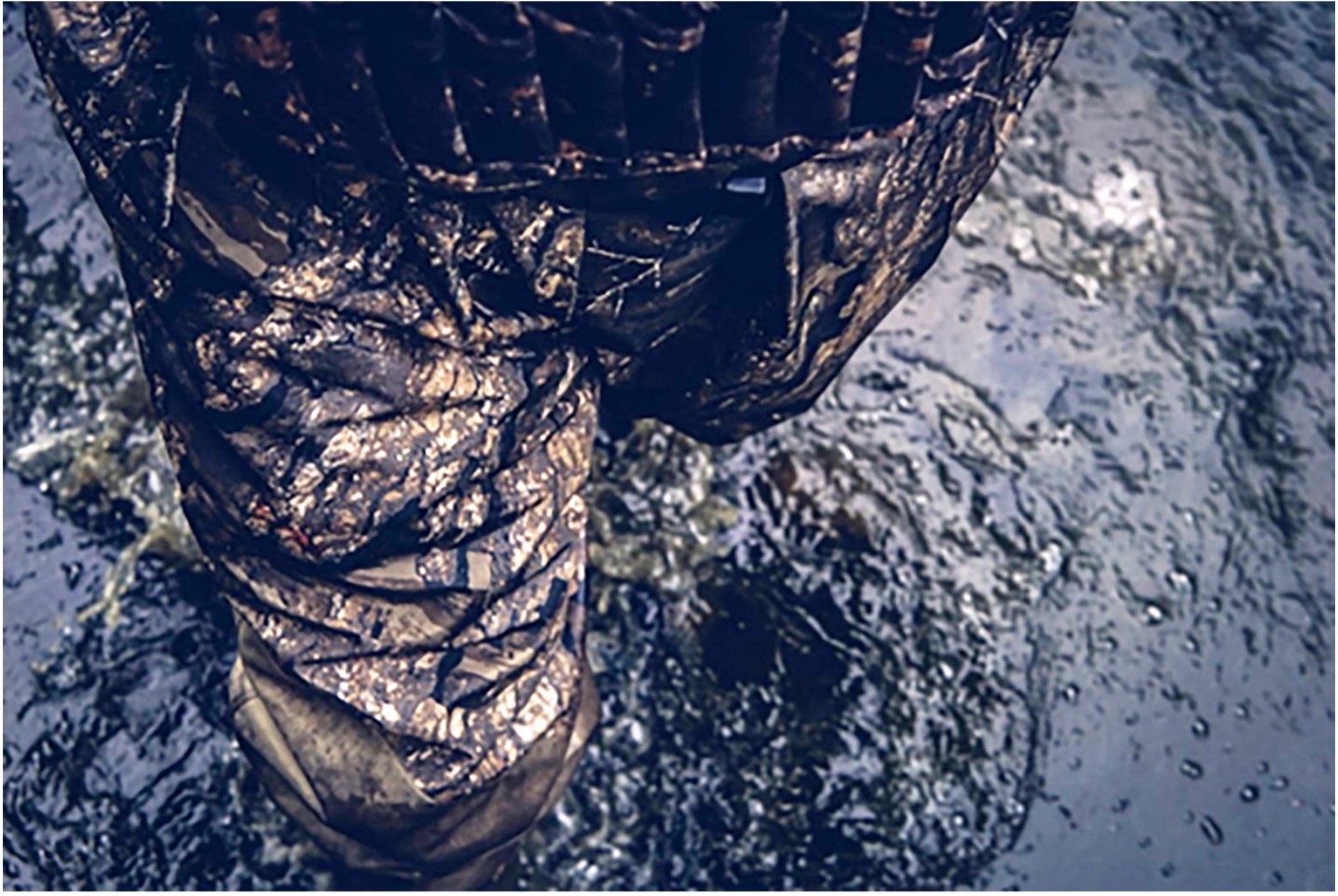
Maintenance also plays a big role during this phase. Checking and repairing waders is vital since they are notorious for failing after only a season. Feeling your boots fill with water as you toss out decoys on opening morning is a buzzkill to say the least. The easiest way I have found to check for holes in my waders has been to fill a spray bottle with water and a little bit of liquid dish soap. I will liberally spray my waders anywhere I might believe there to be holes. If a hole is present, the soap/water mixture will bubble up around the area of the hole. Once the hole has been identified, the next step is to reseal it with a patch or simple sealant.
Sit Gunner, SIT!
If you’ve ever been on a hunt and there was an uncontrollable dog present, you know what misery is. Steve Reider, a professional gundog trainer, once said, “If you don’t give a dog guidance, it will find its own.” Getting Fido ready should have started in June, but we all know that life gets in the way more than it helps.
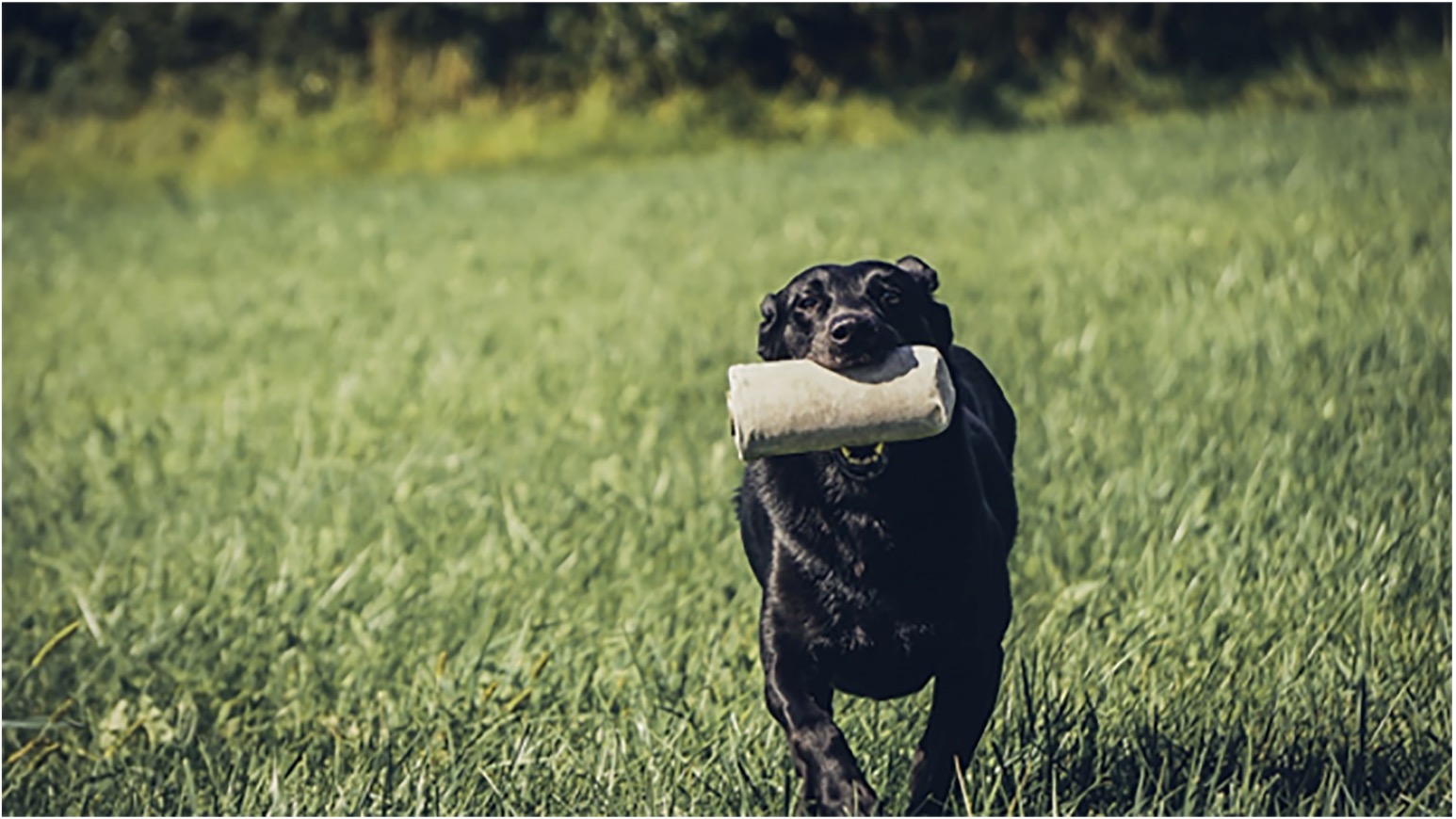
I place a premium on a duck hunting dog that is calm and steady in the field. Once the season starts etching closer I begin throwing more denials to my dogs during training. Denials are when you throw a bumper as a mark, but instead of letting the dog pick it up you walk out and pick it up yourself. This teaches a dog that not everything that falls from the sky is his, a valuable lesson once birds start falling left and right. I have found a ratio of 1:3, 1 denial for every 3 marks thrown, to be the sweet spot. I also increase the time between a mark hitting the ground and me sending my dog out to pick it up (known as delayed marks). Both of these drills are great for teaching an impatient dog some self-control.
Recap
Whenever I spend time afield my two priorities are staying safe and having fun. As the old saying goes “Failing to prepare is preparing to fail.” Practicing my mount, prepping my gear, and training my dogs only just scratch the surface for what all I do to prepare for season and none of these activities takes a terrible amount of time. In fact, they are all ways to extend my hunting season and stay focused during the summer months. Do yourself a favor and start your duck hunting season prep now so that you can sit back and enjoy some much-deserved stress free time in the marshes this season.
Check Out our Duck Blind – CLICK HERE

